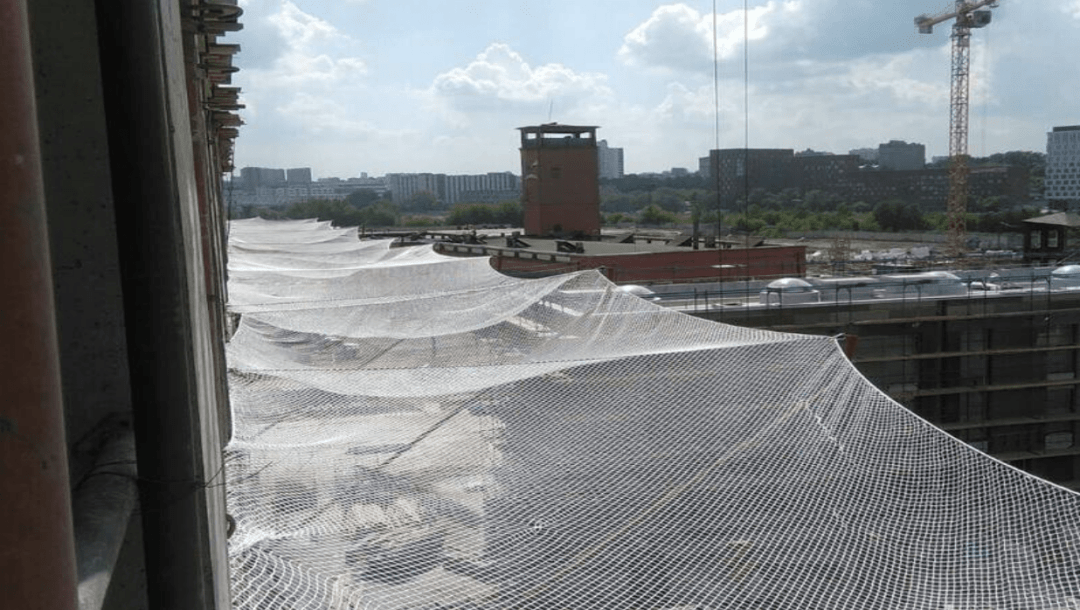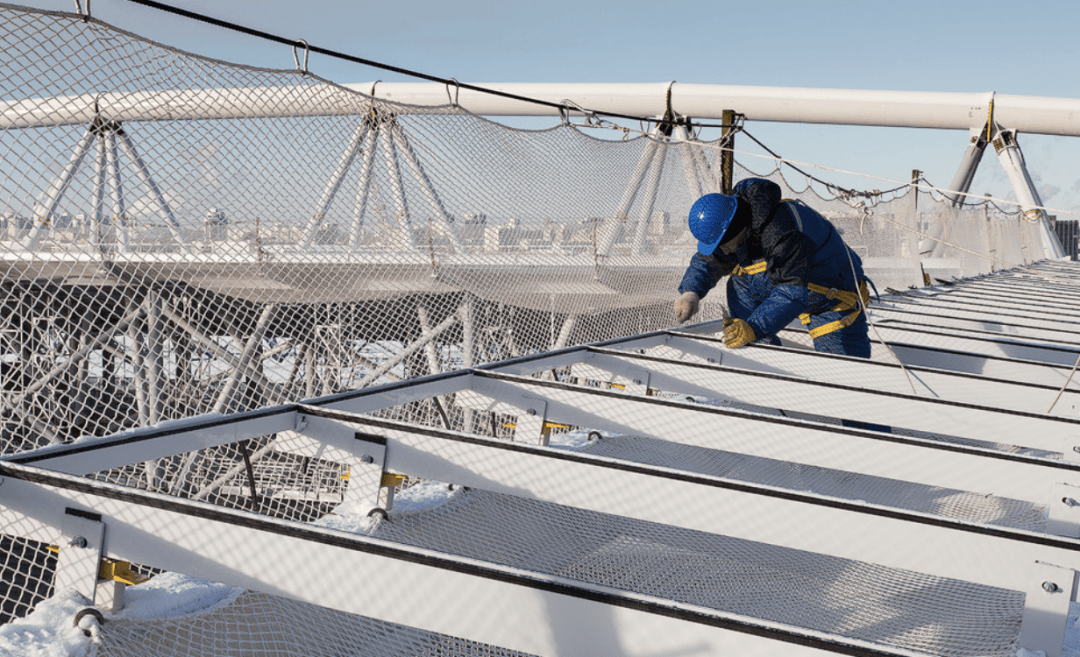When Does Bridge Netting Become Ineffective and Need Upgrading?
Tuesday Sep. 3rd, 2024

Have you ever looked up at a bridge and noticed large nets hanging underneath? These nets, called bridge netting, play a key role in keeping people safe by preventing objects and individuals from falling onto the road or water below. However, like many things, bridge netting doesn't last forever and can deteriorate over time.
But when does it stop doing its job properly, and how do we know it's time for an upgrade? Understanding the signs of ineffective bridge netting is essential to ensure public safety and prevent accidents. Regular inspections and maintenance are vital to extending its lifespan.
What is Bridge Netting and Why is it Important?
Bridge netting is a safety system used on many bridges, especially tall ones or those over busy areas. It's made of strong materials like nylon or polyethylene and is designed to catch people or objects that might fall from the bridge. This netting can save lives and prevent accidents that could harm people below the bridge. Bridge netting isn't just for one thing. Here are some of its main uses:
• Catching construction tools and materials
• Protecting workers during bridge repairs
• Preventing objects from falling onto roads or waterways
• Acting as a safety net for people who might fall from the bridge
As you can see, bridge netting is a big deal when it comes to keeping everyone safe around bridges. This is super important because it can save lives and protect cars, boats, or pedestrians passing under the bridge.
What Are the Signs That Bridge Netting Is Becoming Ineffective?
Over time, even the strongest bridge netting can wear out and become less effective. Here are some signs that it might be time for an upgrade:
Visible Damage to the Netting
One of the easiest ways to spot ineffective bridge netting is by looking for visible damage. This can include:
• Tears or holes in the netting
• Frayed or loose edges
• Broken or missing attachments
• Discoloration or fading of the material
If you can see these problems, it's a clear sign that the netting might not be as strong as it needs to be.
Age of the Netting
Just like how old shoes wear out, bridge netting gets old too. Most bridge netting is designed to last for a certain number of years. This can be anywhere from 5 to 15 years, depending on the type of netting and where it's used. When netting gets close to or passes its expected lifespan, it's time to think about replacing it.
Changes in Bridge Use or Traffic
Sometimes, the bridge itself might change. Maybe more cars are using it, or bigger trucks are allowed to cross. When this happens, the old netting might not be strong enough for the new conditions. It's like how you might need a bigger backpack if you start carrying more books to school.
Environmental Factors
The world around the bridge can also affect how well the netting works. Things like:
• Extreme weather (hot sun, heavy rain, or snow)
• Salt from seawater or road de-icing
• Pollution from cars or nearby factories
These can all make the netting wear out faster than expected.
How to Check if Bridge Netting Needs Upgrading?
Upgrading bridge netting requires a thorough assessment by experts, who use specialized methods to ensure its effectiveness. Regular inspections involve close examinations of every part of the netting to test its strength and detect any hidden damage.
Additionally, strength testing in labs and computer simulations are used to evaluate the netting's material and performance under various scenarios, such as heavy objects or strong winds, to determine if it's still reliable or needs replacement.
The Importance of Timely Upgrades
Upgrading bridge netting when it's needed is super important. Waiting too long can lead to dangerous situations. Here's why it matters so much:
Safety First
The most important reason to upgrade netting on time is to keep people safe. Old or damaged netting might not catch falling objects or people as well as it should. This could lead to serious accidents.
Avoiding Bigger Problems
Fixing small issues early can prevent bigger, more expensive problems later. It's like how taking care of a small cavity in your tooth can prevent needing a bigger dental procedure later.
Legal Requirements
In many places, there are laws about keeping bridges safe. If the netting isn't up to standard, the people in charge of the bridge could get in trouble.
What Are the Innovative Advancements in Bridge Netting Technologies?
As technology improves, so does bridge netting, offering new and better options for upgrades, including stronger, lighter materials developed by scientists for enhanced protection and longevity. Additionally, smart netting systems with built-in sensors detect damage or wear, simplifying maintenance.
Eco-friendly options made from sustainable materials provide a more environmentally conscious choice without compromising strength, ensuring a safer and more responsible upgrade, with these advancements providing improved protection, efficiency, and sustainability.
What Are the Steps Involved in the Upgrade Process for Bridge Netting?
When it's time to upgrade bridge netting, it's not just a matter of taking down the old nets and putting up new ones. It's a careful process that involves several steps:
• Planning: Engineers figure out what kind of netting is needed and how to install it without disrupting traffic too much.
• Safety preparations: The area under the bridge is often closed off to keep people safe during work.
• Removal of old netting: The old netting is carefully taken down and disposed of properly.
• Installation of new netting: The new, improved netting is put in place using the latest techniques.
• Testing: Before the bridge is fully reopened, the new netting is thoroughly tested to make sure it's working correctly.
Conclusion
Bridge netting is a necessary safety feature that needs to be kept in good condition. Knowing when it becomes ineffective and needs upgrading is important for everyone's safety. By looking out for signs of damage, considering the age of the netting, and staying up-to-date with safety standards, we can make sure that bridges remain safe for all users.
Remember, if you ever notice something wrong with bridge netting, it's important to tell the authorities responsible for the bridge. Your observation could help prevent accidents and keep everyone safe.
| Tweet |